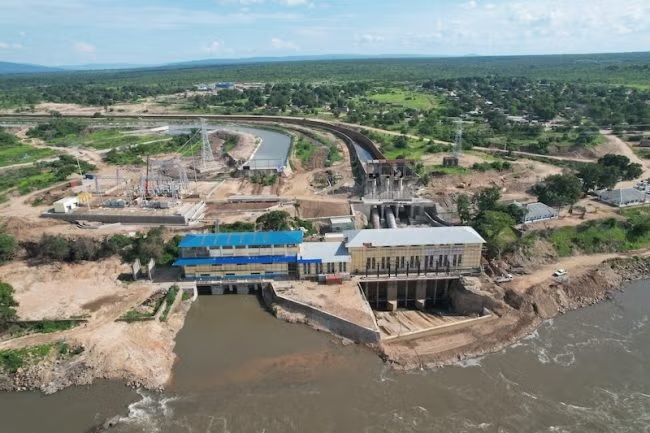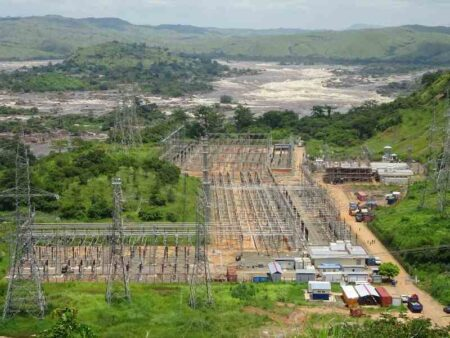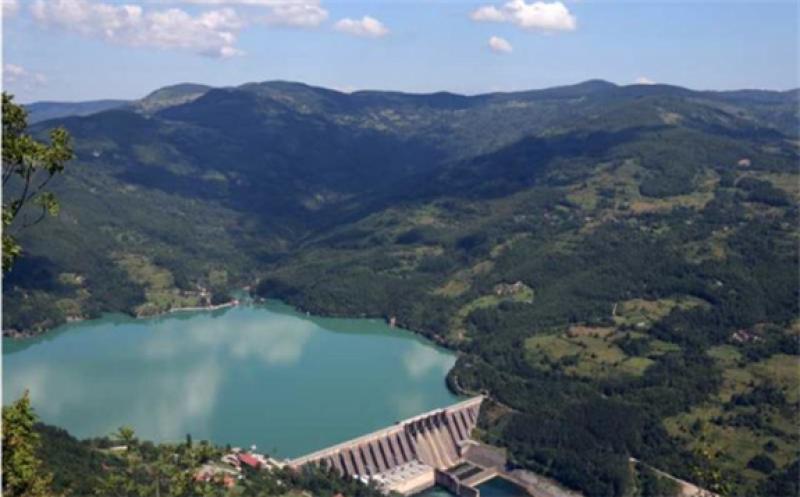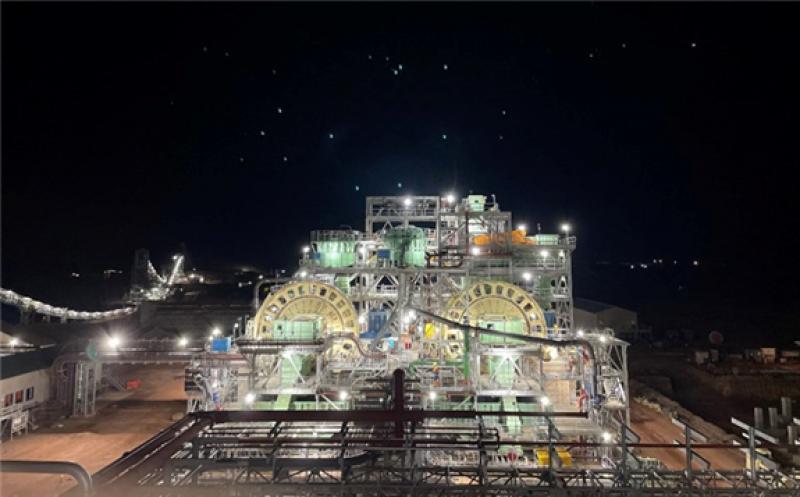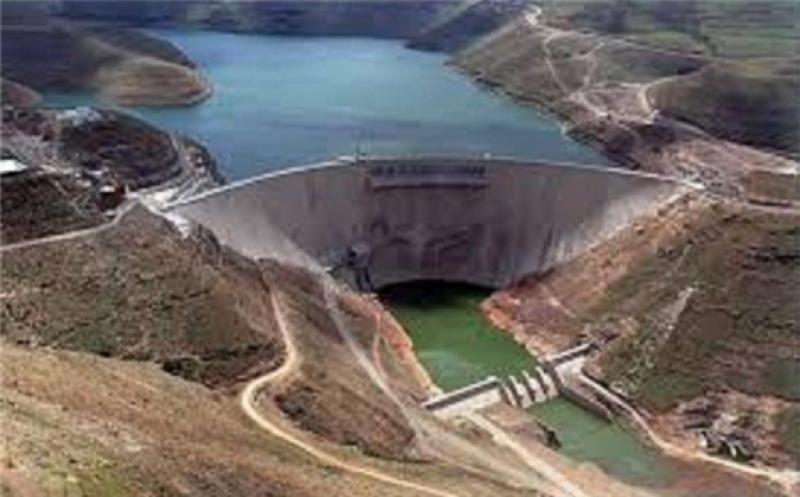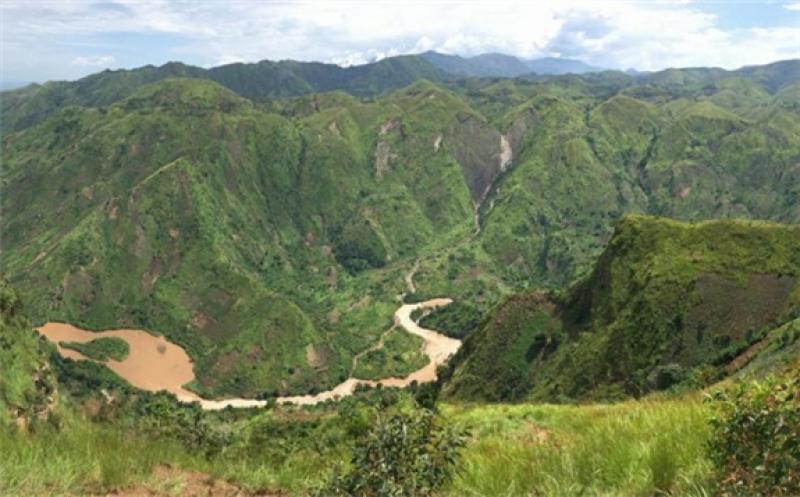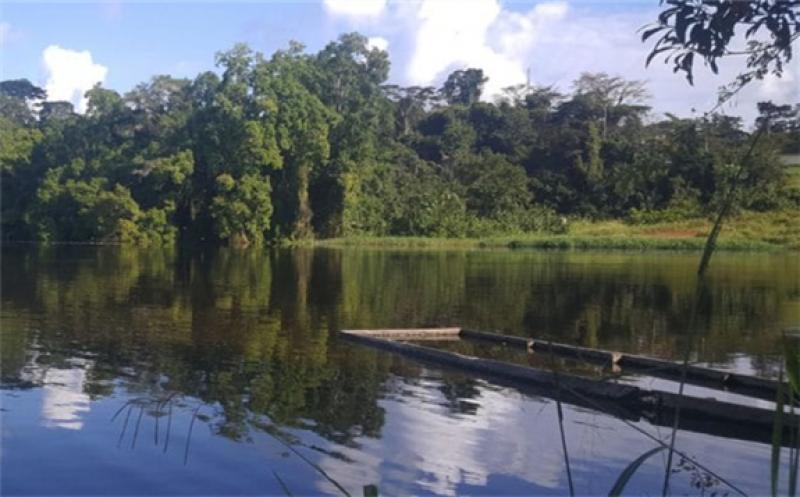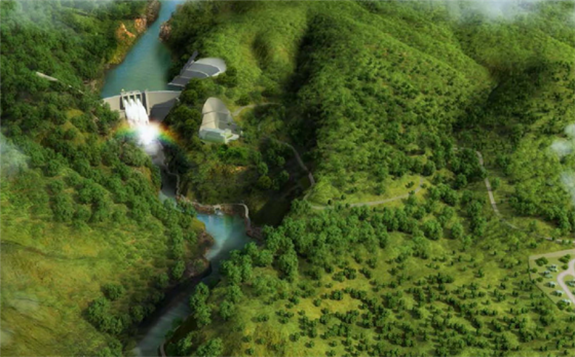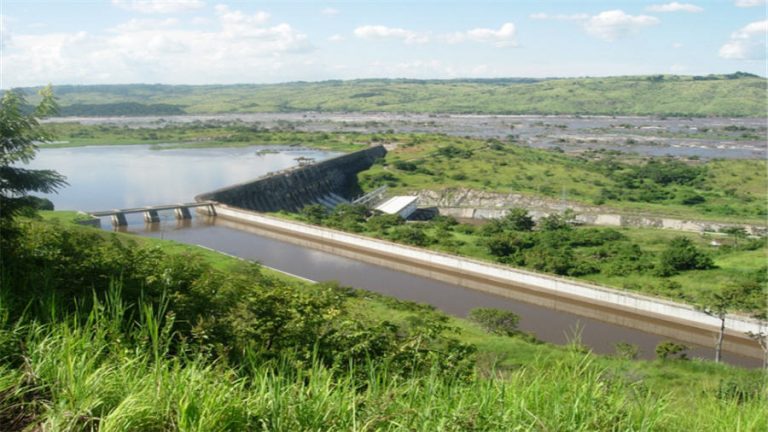
Five development finance institutions have banded together to find a way to develop the world’s biggest electricity-generation project, the planned Grand Inga hydropower complex in the Democratic Republic of Congo that’s been stalled for decades.
The Development Bank of Southern Africa and the Industrial Development Corp., both South African state banks, are working with pan-African institutions — the African Development Bank and African Export-Import Bank — as well as the New Development Bank, the finance arm of the BRICS groups of nations.Sign Up for the Energy Digest
Sign Up“These five parties have taken the initiative to say ‘let’s come together, let’s look at what we can do in terms of getting this goal off the ground’,” Mpho Kubelo, the DBSA’s chief risk officer, said in an interview. “How do we get it going and who do we need to bring in in terms of actual development?”
If built to full capacity of as much as 40 gigawatts, the complex on the Congo River, the world’s third-biggest river by volume, would supplant China’s Three Gorges Dam as the world’s largest electricity plant.
Still, a history of government corruption scandals and the expected cost of the multiphase project — with some estimates topping $80 billion — have so far limited it to two dams with about 1.8 gigawatts of installed capacity that were built more than 40 years ago. Most of that electricity is transmitted 1,000 miles across the country to power Congo’s copper and cobalt mines, which are run by the likes of CMOC Ltd., China Railway Group Ltd. and Glencore Plc.
Kubelo said the banks have been working together since a global summit in Paris last June and are backed by the president of both South Africa and Congo. He said South Africa would agree to buy some of the power produced.
Only two months ago, Congo’s government announced that it had signed a preliminary deal with Nigeria’s Natural Oilfield Services Ltd. to build a 7—gigawatt plant at the site. That supplanted an agreement with Fortescue Ltd., a company owned by Australian mining billionaire Andrew Forrest to develop a 40-gigawatt complex.
Fortescue itself had replaced a group of Spanish and Chinese companies that failed to develop a $14 billion, 11-gigawatt version of the project known as Inga III. South Africa had agreed to buy power from that version of the facility too.
It’s unclear how much progress the deal with Natural Oilfield has made.
Congo’s agency charged with developing Inga declined to comment in a response to questions from Bloomberg.
The development finance institutions will need to attract private investment to the project, Kubelo said.
“The reality of the matter is that this is not just going to be done by DFIs,” he said. “The DFIs are really looking at the preparation of the project,” he said, adding that it will ultimately need to be managed by private companies.
